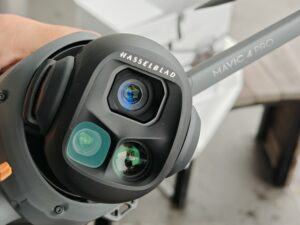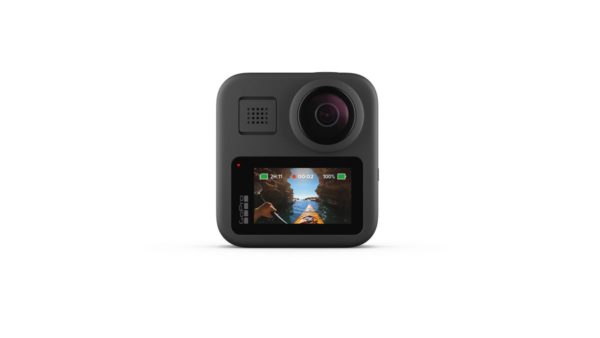
One of the main attractions of shooting with a 360-degree camera is the ability to capture a scene without the need to stitch multiple shots from my DSLR camera and make it into a photo format that can be read as a spherical image.
With social media platforms such as Facebook supporting 360 or panoramic images, having such a camera gives you more options and without the hassles of post-editing.
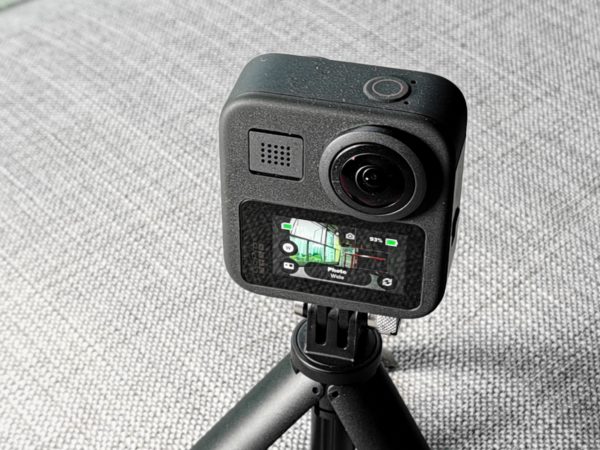
The GoPro Max is not the first 360 camera from the American company. The GoPro Fusion came into the market a while back when Insta360, Ricoh and even Samsung had 360 cameras available for purchase.
The Fusion, however, requires two MicroSD cards. Plus, the complexity of merging the two halves of an image on the computer meant it was not the most user-friendly camera around.
The GoPro Max has improved much over the Fusion. It has the same rubberised and waterproof case but the body is now made of metal alloy.
It feels sturdy, well made and ready for an adventure. Its mounting buckle now folds away, making it easier to store the camera in the bag.
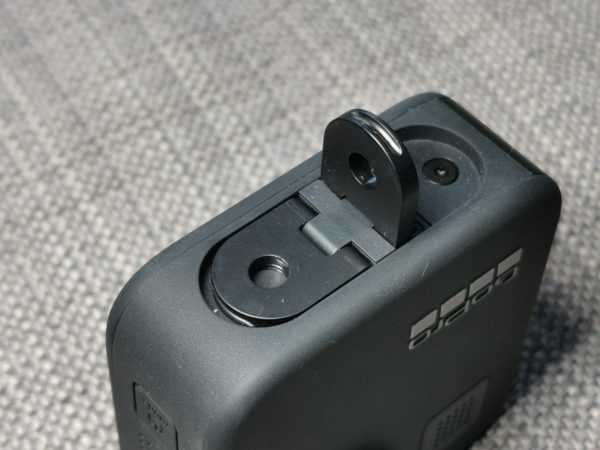
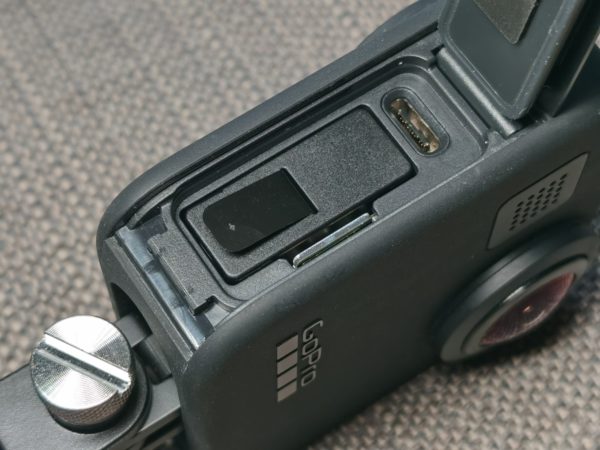
Its main feature is the touch screen on the camera body itself. Unlike with other 360 cameras, I can at least review the shots I have just taken and to reshoot when there’s a need. It also works with just one MicroSD card which makes it easier to process my photos right after the shoot.
The Max works like any other GoPro camera. To start recording, I would just choose a shooting mode via the on/off button and press the shutter button when I am ready and press the same after I am done. The camera has two microphones for better audio capture, which works great.

I can swipe the screen to access various settings like a smartphone too so I can focus on the image capture rather than second-guessing what shooting mode I was on.
The GoPro Max has more shooting modes than what a typical user will require. My favourites are the hyper-lapse video mode, the ultra-wide 180 degrees Super Panorama mode and the 360 image and video capture.
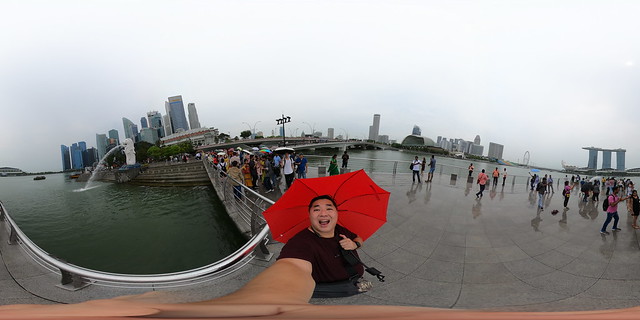

What the GoPro Max needs to improve on is its smartphone app. I have tried to update the firmware using three different Android phones but was not successful as it just seems to hang during the process. Attempts to rename the camera have failed too. Not pleasant.
At the same time, the smartphone app is also a little limited in the way the 360 images are shared. You can share the “Super Pano” images but you can only share a cropped part of a 360 image instead of the whole image file on Facebook just by using the phone. To share a real 360 image, I have to upload the file through my laptop or PC.
Good thing the 360 video capture works as advertised. So, I can choose important parts of the video called keyframes and the app will automatically pan between those parts and create an MP4 video file. However, I do want to upload a full 360 video directly from the phone but that cannot be done.
One thing to note is that the video stabilisation and horizon correction are done via the app and I have to process the photo through the app before I can share it.
That means the higher-quality video file in the MicroSD card will be bumpy. I do wish the horizon correction and electronic stabilisation can be done in the camera instead.
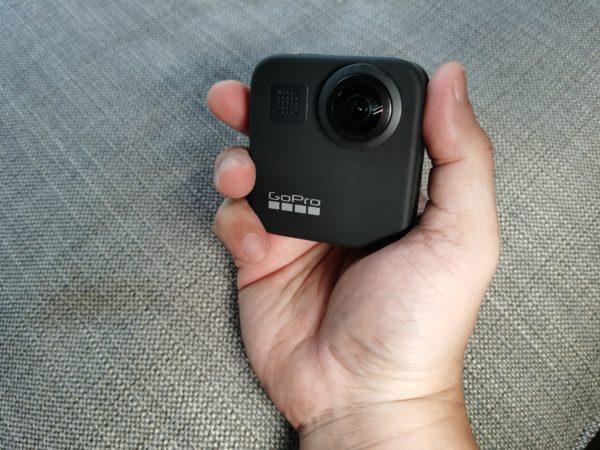
For a $$740 360-camera made for adventure, I can say the GoPro Max is a steal for those who love to capture 360 videos in all types of environment thanks to its rugged and waterproof camera body.
The software aspects of the GoPro Max need to improve in terms of usability for those more familiar with smartphones to edit videos and photos. On the whole, the GoPro Max is not as polished as it ought to be.


